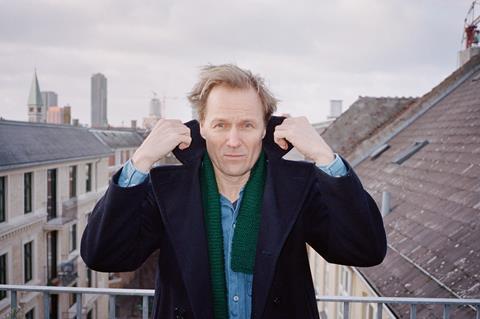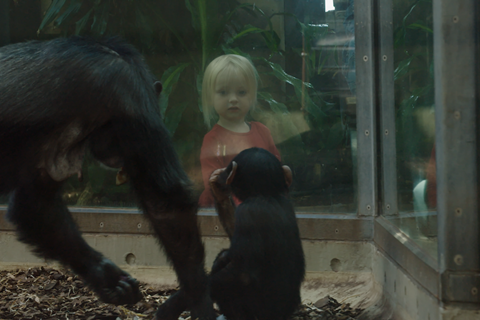
Danish filmmaker Max Kestner opens CPH:DOX, his hometown festival, with the world premiere of Life And Other Problems in the Dox:Award competition.
The documentary uses the euthanasia of a giraffe in the Copenhagen Zoo in February 2014 as the jumping-off point for an exploration of life, love and consciousness. Kestner intersperses interviews with scientists such as Charles Foster and Eske Willerslev, with a philosophical consideration of existence.
It is an eighth feature for Kestner, whose previous films include CPH:DOX titles Little Galaxies in 2021, and Dreams In Copenhagen in 2009, and whose work often gives a wry look at contemporary life in Denmark and further afield.
Budgeted around 6.5m DKK (£740,000), Life And Other Problems shot across the past two years. It is produced by Vibeke Vogel for Denmark’s Bullitt Film, with Sweden’s Plattform Produktion and the UK’s Hopscotch Films. DR Sales is handling international rights.
Kestner spoke to Screen about the relationship between religion and science, and why it is such a personal film.
For a film with such a grand scope, where did you start?
The first thing was the giraffe. Vibeke asked me if I would like to do something about that story. I mirrored my own interest into it. The story of Marius [the giraffe] exposed so many different views that I could agree with everybody in that discussion – even though they didn’t agree with each other.

My religion is science. I don’t believe in God. Because of that, I have to ask science about these questions that religion answered hundreds of years ago. Why are we here? Does life have a purpose? All the things that a priest would’ve answered. If you ask a hardcore scientist, many would say that consciousness is just a fantasy; it doesn’t exist, meaning your relations don’t exist either. Those conclusions felt simply wrong to me. I wanted to find the answer to prove against that.
The film includes nuanced scientific and political discussion, with many English speakers. Why did you choose to narrate it in Danish, with English subtitles?
English is not where I can express myself. I can express myself in Danish. I like the different colours this world has – a French speaker, a Japanese speaker, American English. It’s a personal film, about my feeling of being in this world – my children, how I look at them, how it devastates me to see them leave. Why would I speak English? These things come to me inside my head in Danish. I could do a Danish version and an English version; the Danish version would be my favourite.
Animal welfare can be an emotive topic on film. How did you tackle that?
In Denmark, most people were laughing about the complaints about the giraffe [the international outcry caused by the 2014 incident]. We are very rational; we would say ‘well, we eat meat from cows, a giraffe is a cow with a long neck’. At the same time, I felt ‘what if it is true that the individual consciousness has some value?’. These people who say they have a community with the giraffe; let’s see if we can try to make it a possibility.
Europe, NATO, the United States are falling apart - everything is crumbling. The communities that should make it stick together are weak. But I believe in communities. I believe the way forward is to strengthen the communities we have. If science says ‘communities are not real’, I would try to argue against it.
What comes next for you?
I made a fiction film before [2017 sci-fi Man Divided], and I’m looking at some fiction. But also I’m thinking about making a political film. There’s a politician in Denmark I’m thinking about - someone who believes in communities.
























No comments yet